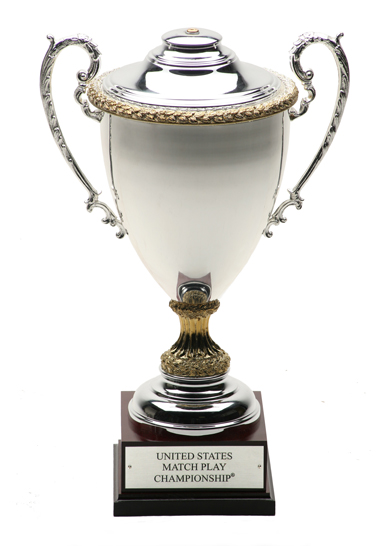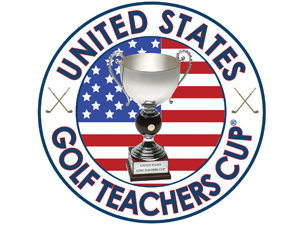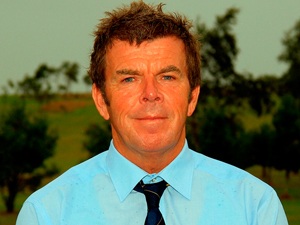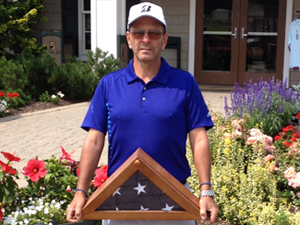Blog
“PRO” Files – Touring Professional Carlos Ortiz
$10,000 Guaranteed for United States Match Play Championship
Peters Crowned Central Region Champion
USGTF 25th Anniversary Commemoration at US Cup
Promoting Your Tournament
By Marc Gelbke
After you have successfully completed your part in leading up to promoting your tournament, you can now put on your more creative hat. As discussed previously, you have developed a plan to host a tournament, you’ve established the format and finalized contests (if any), you have identified specific facility requirements, and you have elaborated your tournament plan to the powers-at-be and identified and organized your staffing needs. It is now time to promote your event, and it is one of the more creative aspects of tournament preparations. A well-planned promotional strategy takes advantage of many free and inexpensive forms of publicity (of course, the size of your event will determine your advertising budget), but nevertheless, to be successful, all tournaments need to be promoted, so careful planning is essential. The purpose of publicity is to gain attention, as well as to inform potential participants, so the visual impact of promotional materials is as important as their contents. Professional-looking designs will draw people’s attention, followed by reading its contents. Once you have decided on how to promote your event, it’s time to design and to find some free and inexpensive ways to promote, such as: Posting notices around your facility and bulleting boards; telling members and guests about your upcoming events; print flyers and leave copies around the golf shop and restaurant; post flyers around local sport/golf stores (with permission, of course); write an ad for your newsletter; notify the media (newspaper, radio, TV) about the event and offer to give interviews to discuss the event, and use any social media platforms you can (Facebook, Twitter, e-mails). Keep in mind, when developing and designing written promotional material, that you want to create interest and clearly communicate all details a reader needs to know. Include information such as names of well-known players that are participating, prizes to be awarded, special events or formats you are using, and the name of any organization the tournament will benefit. In addition, clearly state the five “W’s” of communication: who (is eligible to participate); what (description of the event, prizes, and how to sign up; where (location of the event, directions); when (date and time of the event); why (purpose of the event and who it will benefit). Make you material easy to read; use short sentences and use lists or bullet points. People are likely to read materials that contain large blocks of text. A professional-looking ad and promotional campaign will draw interest and participants, and create enough entries to ensure a successful tournament at your facility.







